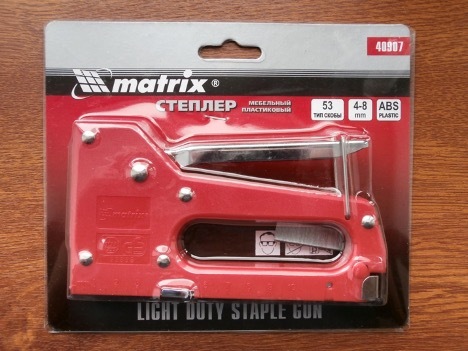
Electric trimmer, design and principle of operation. Trimmer - a device equipped with an electric or gasoline engine for mowing vegetation, a manual electric scythe / lawn mower.
The content of the article
- Electric trimmer design
- The principle of operation of a trimmer with a gasoline engine
- The principle of operation of a trimmer with an electric motor
Electric trimmer design
- The main body where the engine is located
- Coil and protective cover
- Rod / pipe connecting all elements of the electric trimmer
- Switch button, shoulder strap attachments
The principle of operation of a trimmer with a gasoline engine
Gasoline with a portion of oil is poured into the container. Pull the cord, the engine starts. It burns fuel and rotates its internal shaft. The push button connects the inner shaft to the flexible shaft inside the hollow tube. The latter transmits the rotation force from the engine to the working part (coil). A plastic line is inserted into the reel. Rotating, they mow the grass.
The principle of operation of a trimmer with an electric motor
Gasoline and electric trimmers work on a similar principle. Only in an electric one you do not need to fill in gasoline with oil - just plug in the plug or charge the battery if it is an electric trimmer with a built-in battery.
The main breakdowns of the electric trimmer, how to fix them. The main breakdowns of the electric trimmer include:
- Motor failure
- Power button not working
- Bearings failed
- Coil failure
Do not operate the device in the rain - water may enter the case, causing a short circuit. To minimize breakdowns of the electric trimmer, it is recommended to do a complete disassembly, cleaning and maintenance once a month with frequent use, once every six months with rare use.
Power button, wiring. If you press the power button, but the electric scythe does not react in any way, then the problem is in the wiring - the electric cable has broken. The on/off button is broken.
To fix this, you need to disassemble the handle of the electric trimmer. To do this, disconnect the trimmer handle from the main structure, unscrew the corresponding screws (for each model they are in different places). Next, you need to disassemble the handle itself. It consists of two plastic parts that are fastened with screws along the entire surface. To disassemble it, you also need to unscrew the screws.
First of all, after parsing the handle, you need to check the electrical cable for a break. Often this can be determined by eye - the insulation is damaged, the wire has come off. Additionally, it is advised to walk along the entire wiring with a multimeter to measure the resistance. Do not forget to check the power button itself - if there is no resistance on it, then it must be completely replaced.

Disassembling and checking the electric trimmer engine. If you think that the breakdown is in the electric motor, or you checked the cables, but they turned out to be intact, then start disassembling and diagnosing the engine.
First, as with wiring, you need to unscrew the bolts / screws that connect the plastic elements of the case. Next, you need to check the most common cause of improper operation of the electric motor - the brush assembly. Worn brushes must be completely replaced. Next you need to check the collector. If the brush assembly with the collector is in good order, then it is necessary to deal with the motor winding, rotor, stator. For this:
- Remove the motor housing from the scythe.
- Visually inspect the motor with wiring for breaks.
- Take the multimeter in standard mode, check the resistance of the collector plates. Readings should fluctuate within ± 5% of the norm.
- Set the multimeter to 1 MΩ measurement mode. Install one of the probes on the collector plate, the second on the rotor mass. If the rotor and collector are working correctly, the resistance should be high (accurate readings vary by model).
- With the same multimeter, check the resistance of the stator winding.
- Finally, check the motor housing for holes.
- If the problem is in the wiring, it is necessary to replace the damaged section of the wire. If there is no resistance in the stator / rotor winding, it is recommended to contact the service. If you do not have the equipment to work with the engine or the knowledge, then intervention will lead to more damage.


